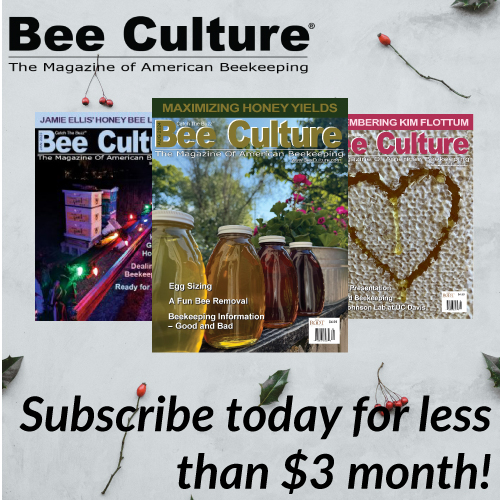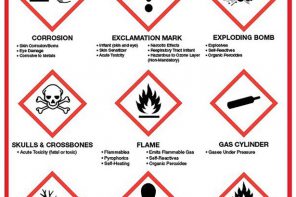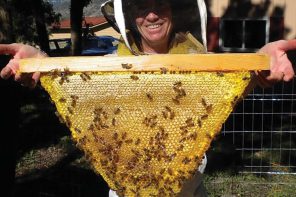By: Leonard Foster, Professor at University of British Columbia
Honey is the primary source of income for most Canadian beekeepers. Weather, the number of colonies in production and other factors have a big impact on the amount of honey produced but the value of that honey fluctuates across a much wider range. In 2014 and 2015, the farmgate value of all honey produced in Canada was approximately $210M but, in 2016, the same volume of honey
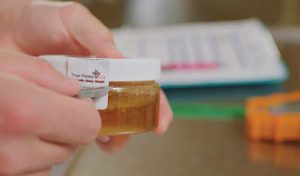
brought in only $157M, largely because the bulk price of honey dropped precipitously. In a world-wide market, there are many factors that can affect commodity prices but one major concern is the volume of cheap synthetic or adulterated honey disguised as an authentic product, which can drive down honey prices.
Quality control (QC) analysis is essential to the safety of our food supply chain: without it, we might unknowingly eat toxins, pathogens or allergens, all of which can be life-threatening. Beyond basic health concerns, however, the public wants to know that it is buying the food it thinks it is buying. Food adulteration can take several forms and usually targets high-value foods, from tilapia being sold as snapper to corn syrup being sold as honey.
Mass spectrometry, nuclear magnetic resonance (NMR) spectroscopy and DNA testing are the most common techniques for detecting food fraud. DNA
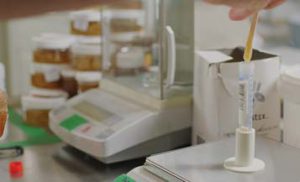
testing is largely not relevant for detecting fraudulent honey but NMR is widely used for this purpose in Europe and Canada has now been taking the lead on bringing this technology to North America. True Honey in British Columbia has an NMR instrument and has been trying to build a library of North American honeys, working closely with Sweet Water Science in Missouri.
Mass spectrometry is a complementary technology to NMR in that the two methods detect different things, using very different properties of molecules. Mass spectrometry is widely used in other kinds of diagnostics, including food testing and detection of pesticide residues in honey, but the type of analysis required for detecting fraudulent honey uses a different approach. Rather than target specific compounds that distinguish honey from other products, we are developing a fingerprinting approach that looks at the patterns of all the molecules in honey. Similar to the NMR test, we are
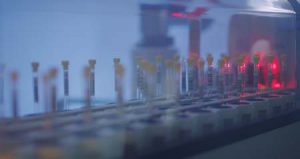
building a library of these fingerprints from North American honeys that we can then use to compare an unknown product against. This fingerprinting approach is low cost compared to NMR and the other applications of mass spectrometry, and has the added advantage that it is very hard to beat – in order for someone to get around the test, they would have to add together all of the components of honey in all the right proportions. And if you’re going to go to the trouble and expense of doing that, why not just get bees to do it for you?
At this point in the development of this mass spectrometry test we are just evaluating how reliable and sensitive it is at detecting fraudulent honey, whether it is pure rice or corn syrup, or real honey cut with a fraction of syrup. With relative ease we can detect about 10% rice syrup in honey, which is
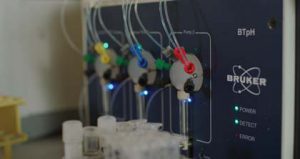
the target we had been aiming for. Over the next several months, we will continue to refine the testing procedures, as well as the artificial intelligence algorithm used to analyze the data. In parallel, we are working with Peter Awram to collect honey samples from around North America to start building the needed library. We will be collecting NMR and mass spectra on all of the samples to understand where the relative strengths of the two methods are and when it might be appropriate to use one or the other, or both.


